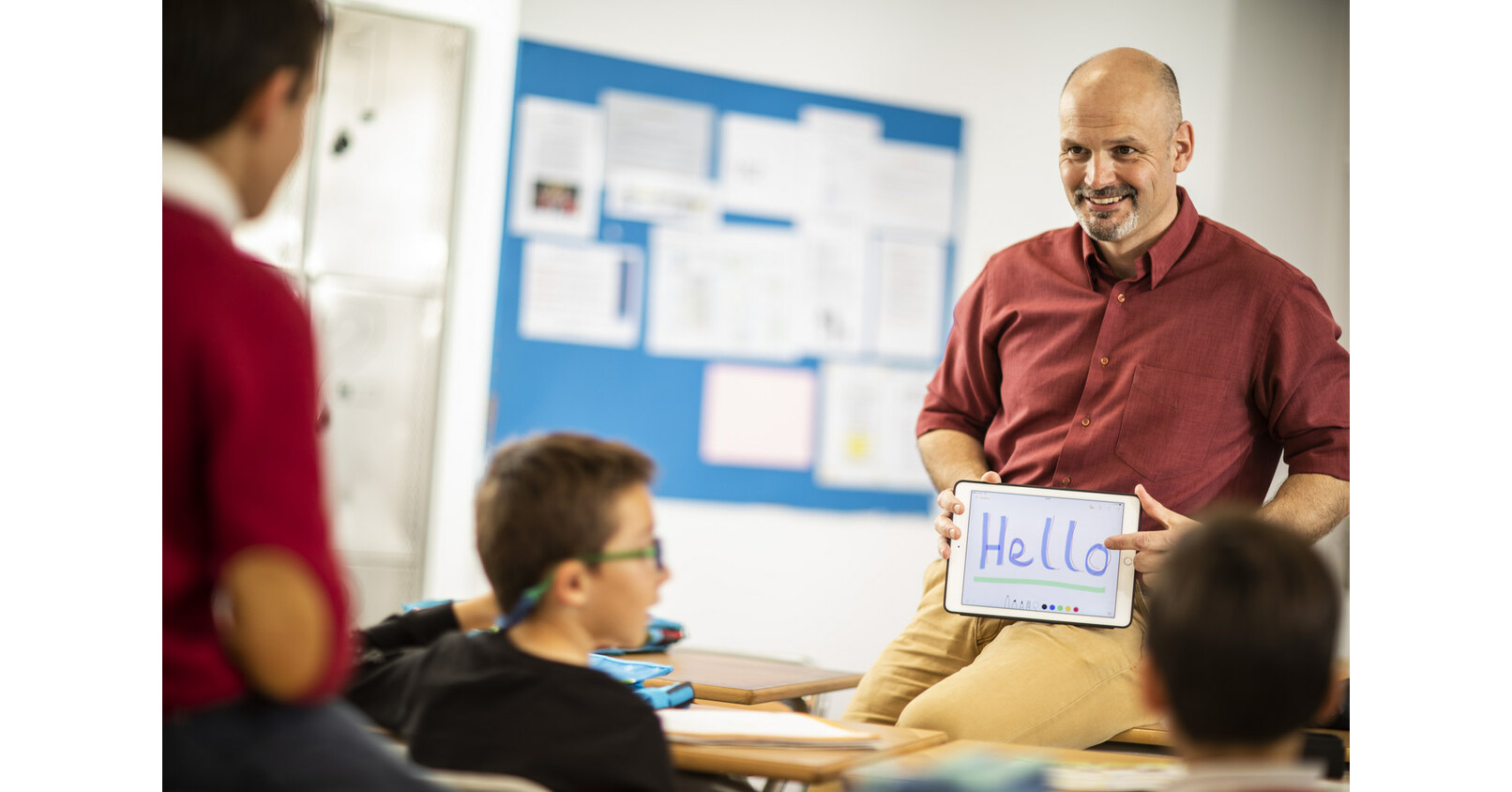There is a will need to protected equal chances for students in on the internet finding out spaces – schools can do this by increasing digital accessibility
There is no doubt that online studying has grown around current instances the pandemic pushed ahead digital learning, so it is now commonplace. Having said that, together with this progress, a will need arose to secure equivalent possibilities for learners who experience problems in interacting with electronic information – from those people with mastering variations, mobility challenges, sensory or social impairments, and long-expression overall health conditions to featuring an option studying structure for pupils commuting or partaking with content no matter whether on the bus or in the lecture theatre.
The quantity of disabled pupils and college students with declared disabilities has developed, with 332,200 learners declaring disabilities in 2019/2020 as they entered college. About five several years, this confirmed a development of 46{af0afab2a7197b4b77fcd3bf971aba285b2cb7aa14e17a071e3a1bf5ccadd6db}.
332,200 learners declared disabilities in 2019/2020
Nevertheless, furnishing a virtual understanding surroundings that is commonly available extends past learners with declared disabilities. For example, learners with short term problems, who require different formats to fulfill their personal needs or are on the go using their cell product to study, also depend on content that is inclusive and obtainable. And although universities have taken excellent strides to satisfy these issues, we’re entering a new phase the place electronic accessibility should be at the main of decisions built.
Digital accessibility must be at the core of selections produced
Right after finishing my Masters in Purely natural Language Processing and AI at Cambridge University, accessibility technology and applications had been just rising. As a member of the All-Social gathering Parliamentary Team tasked with defining how European Fee accessibility standards would apply in the United Kingdom, we outlined the techniques universities must choose to put them selves on the path towards digital inclusivity.
Now, digital accessibility is not a certainly or no preference for better training institutions there is an expectation that institutions not only offer their content material digitally but that they are actively investing in the accessibility of the information in their Digital Studying Environments (VLE) as element of their system. Electronic accessibility is quickly changing, and universities experience real worries in making obtainable digital articles for virtual learning environments but acquiring it appropriate will lift all pupils.
All United kingdom Universities should do away with discrimination given that the Equality Act 2010 arrived into effect, advance equality of chance and foster very good relations involving diverse persons when carrying out their activities.
Subsequently, The Directive on the accessibility of sites and cell applications (Directive (EU) 2016/2102) and The European Accessibility Act (Directive (EU) 2019/882), referred to as the “AAD”, centered on the World-wide-web Content Accessibility Suggestions (“WCAG”) framework, released further electronic accessibility directives for community sector bodies which includes institutions of larger instruction in a bid to mature the UK’s domestic talent pool and near incapacity work and attainment gaps.

Encouraging end users to report accessibility challenges
The AAD requires sites to publish an accessibility assertion with conformance details and assure that all web-site and cell information satisfies WCAG 2. Level AA –generally thought of the regular for fair accessibility. The AAD also calls for websites to offer users with sources for reporting accessibility concerns and a backlink that describes the EU Internet Accessibility Directive enforcement processes.
When the way students were currently being taught was shifting at a spectacular tempo, the regulatory landscape was taking part in catch up in phrases of accessibility advocacy, where the digital natural environment was changing at a staggering tempo.
With the beginnings of infrastructure necessary for available electronic finding out now put in location at a lot of institutions, they are now starting up to believe in accessibility software to provide a foundation by repeatedly checking for any violations of World-wide-web Content Accessibility Tips.
In addition, these tools have expanded the scope of what is doable as a result of automation. Accessibility problems highlighted, for example, could be the absence of alternative textual content on an impression or displaying what colors would be an difficulty for color-blind pupils.
Accessibility application and teaching academics
Without doubt, institutions will require accessibility software program in the long run, but coaching academics ought to also be a priority. Virtual understanding materials is developed in an accessible way from notion by means of to shipping and delivery, and to do so, establishments will have to feel about accessibility from the start issue of training course creation. From the outset, it’s simpler to reduce accessibility difficulties than repair service them at a later date.
One particular case in point is The University of Leeds, which gives teachers with a digital accessibility checklist. Feasible accessibility for digital understanding does not disrupt students’ workflows it integrates nicely with virtual discovering environments and mostly fades into the background as simply anything learners know and assume. Making specific, successful educational content that functions throughout gadgets and on smartphones will supply better engagement and profit all students.
Practical accessibility for electronic discovering does not disrupt students’ workflows it integrates properly with digital learning environments
By developing additional available digital mastering, all pupils will succeed, not just all those who will need accessibility help. Reviewing pupil data collected by Anthology Ally, an accessibility resolution, we can see that several non-typical formats employed by students without the need of declared disabilities who use the alternate sort are used by quite a few pupils, not just these with declared disabilities. In addition, we can see that their format and machine options are altering as the university student experience develops.
A lot of universities are striving ahead of electronic accessibility transformation. As campuses and facilitators create their accessibility know-how and use new systems, additional accessible and inclusive information will carry the finding out probable of all learners.
Nicolaas Matthijs is an academic technological know-how entrepreneur, creator, enthusiast, and vice president of item management at Anthology.

